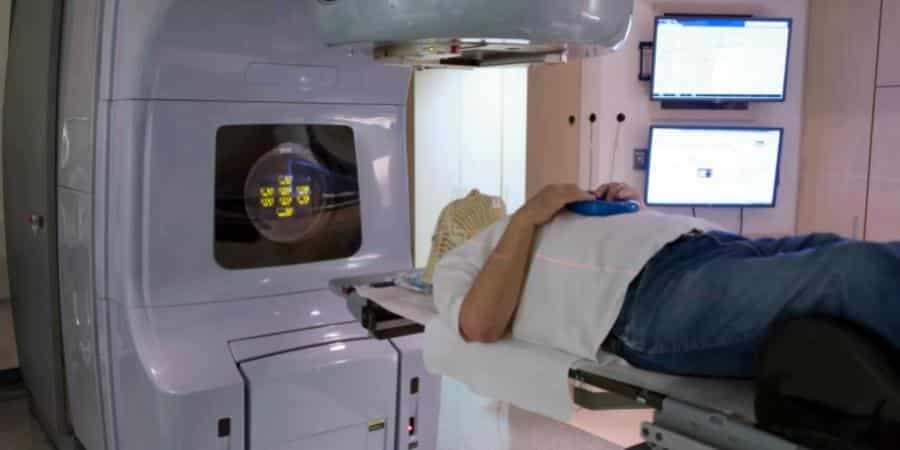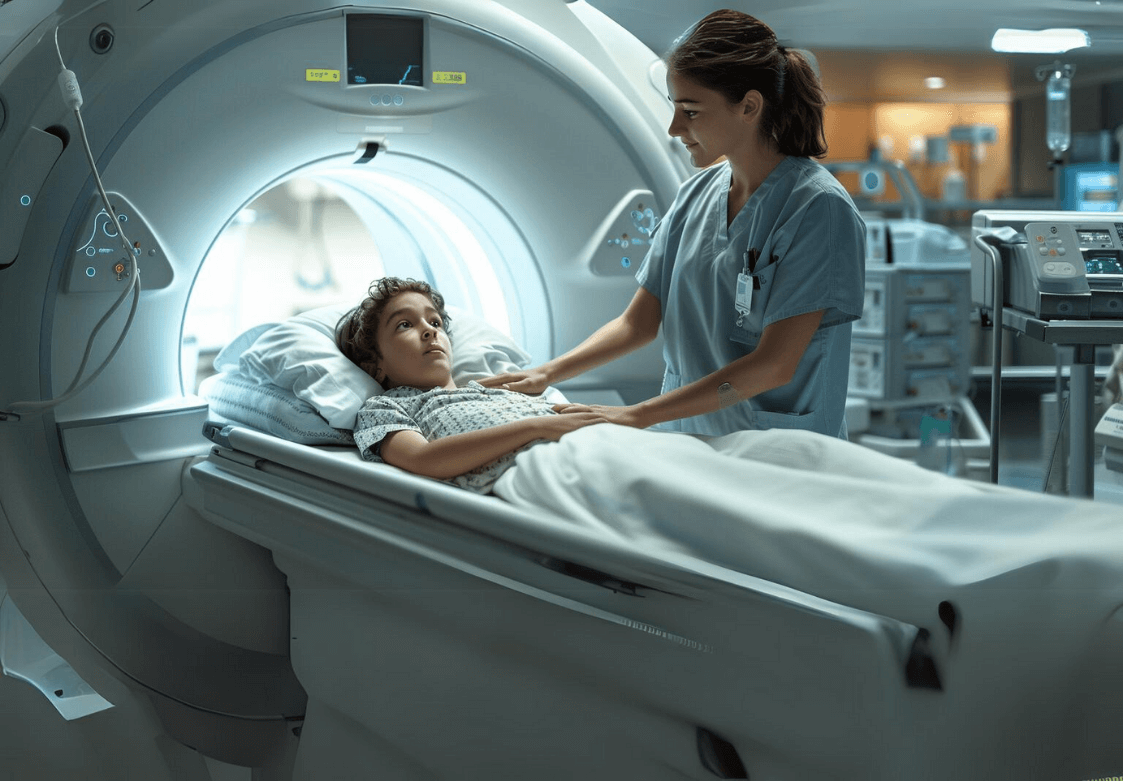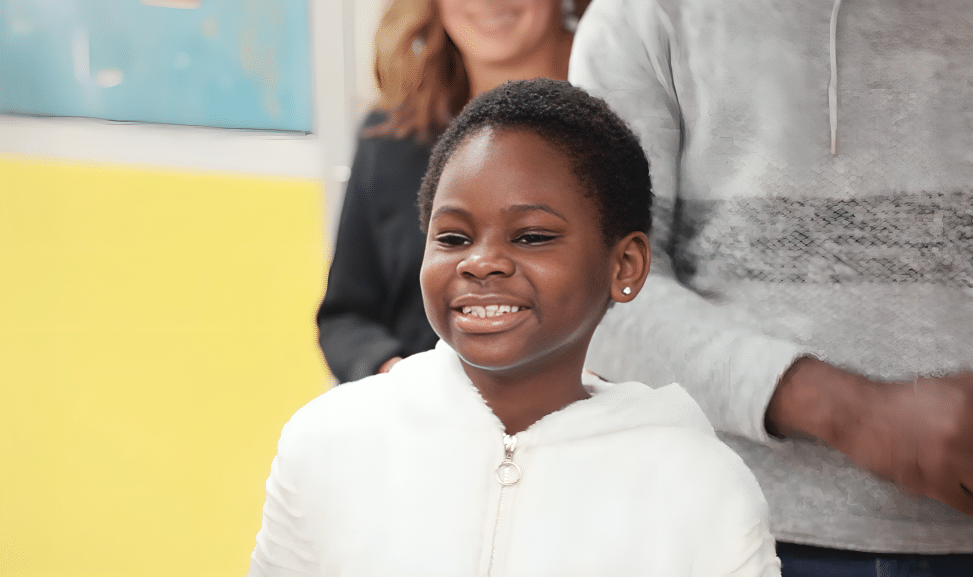A team at Sheba Medical Center is currently planning the first clinical trial of its kind in Israel to test whether zapping COVID-19 patients with radiation can restore them to health. It is already accepted practice to use radiation therapy to manage malignant neoplasms, but the application of radiotherapy for benign diseases is an innovative concept. The trial at Sheba is one of only a handful of similar studies around the world.
According to Prof. Zvi Symon of the Department of Radiation Oncology at Sheba, the study is expected to take 15 weeks and approximately 30 patients will participate.
“When the COVID-19 crisis began, there were some older radiotherapists in the world who remembered that 70 years ago, some doctors were using low-dose radiation therapy to treat pneumonia,” Symon said.
Inspired by this approach, Symon explains the hypothesis of the trial: low-dose radiation therapy (LDRT) could improve clinical, radiographic and immune outcomes in patients with COVID-19 who have been hospitalized with pneumonia and severe acute respiratory syndrome.
When researchers investigated the old practice of using LDRT to treat pneumonia, they discovered that between 1905 and 1946, about 700 pneumonia patients who were treated with radiotherapy showed marked clinical improvements within hours or days after the treatment was administered. The observed improvements included more efficient respiration, lower fever and higher chances of survival.
Symon points out that these studies took place before the development of peer-reviewed journals and randomized clinical trials. As he noted, “It’s not quite clear today how many of these were bacterial pneumonia, how many [were] viral pneumonias and how many [were] immune-response pneumonias. But looking at those results was very encouraging.”
Not long ago, doctors at Sheba found a paper published by scientists at Emory University in Atlanta, GA, that reported on the use of LDRT to treat five coronavirus patients. When the results were compared to a control group, the patients who received radiation had a 40% lower need for mechanical ventilation and intensive care than patients who did not receive the radiation.
In reaction to this paper, Sheba’s doctors tried to push for a clinical trial at Sheba. While the head of the ICU in charge of coronavirus patients was impressed by the results, other physicians were hesitant because of the possible side effects of radiation. Despite their opposition, a proposal was submitted to the internal review board for human and animal trials. Last week, the Israeli Health Ministry granted approval for the trial within a record-breaking two and a half weeks.
“After several rounds of clarifications, amendments and explanations, the Health Ministry has now approved the protocol,” Symon said. “Our goal is to kick off next week.”
The protocol for the study is to deliver one shot of low dose radiation to both lungs. The dosage is about a 1/70 or 1/100 of the dose typically used to treat cancer. This amount of radiation is not associated with any acute toxicity or damage. However, cells are sensitive enough to be impacted by the low-dose treatment. In fact, the patients that the hospital was able to treat with LDRT earlier under the compassionate-use umbrella, were weaned off oxygen and reported to be feeling better very quickly.
“Patients who received radiation improved and managed to go off oxygen and could breathe well in three to four days, whereas other patients who did not receive the radiation took an average of 12 days after pneumonia,” Symon said.
The timing of the radiation treatment must be precise, given at the start of the acute symptoms and before COVID-19 has led to multi-organ damage, Symon added. That makes carrying out the protocol a complex logistical issue – when the team wants to transport a patient who has tested positive for COVID-19, they must verify that no cancer patients are in the radiation department. Until now, the compassionate-use radiation treatments were all delivered after hours.
To bring coronavirus patients to the radiation ward, a vehicle took them through a special exit from the COVID-19 ward to a special entrance. They were met by a team wearing full protective gear, given the radiation, and then transported back to their ward. The entire process lasted about 30 to 40 minutes.
After each patient is treated, the room (floor, machines, and anything else that might have been touched) must be fully sterilized in order to ensure complete safety for cancer patients who may have radiation therapy scheduled for the next day.
Once the trial is underway, Sheba will be able to administer radiation to COVID-19 patients up to twice a week. Symon is hopeful about the results and expressed, “Radiation is still the most effective drug across all cancers. We strongly believe that we will be able to save the lives of some of our grandparents.”




